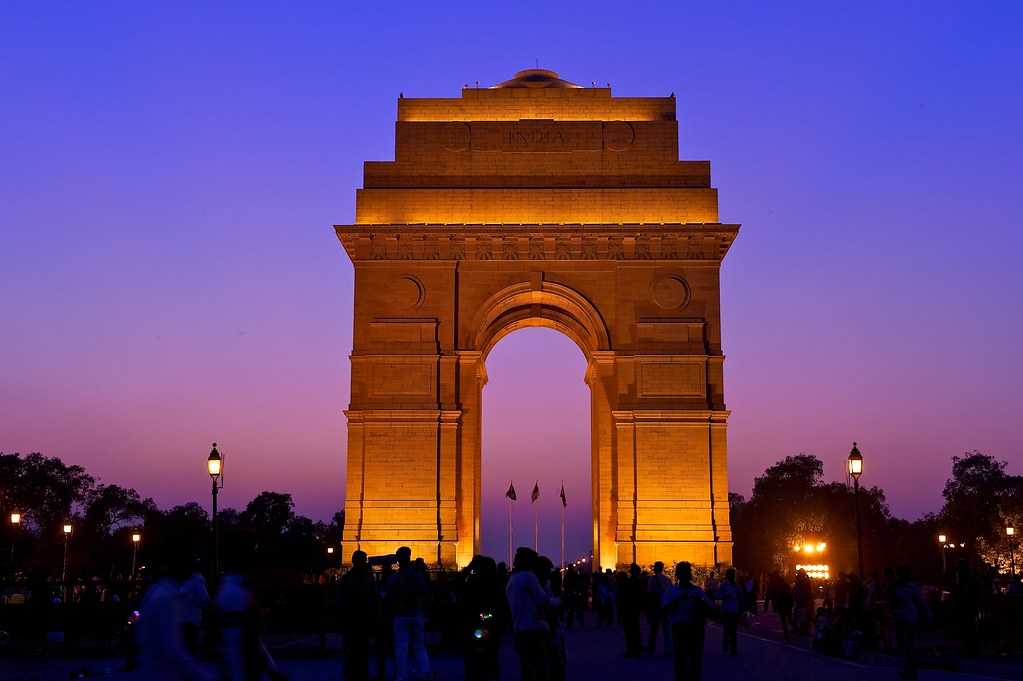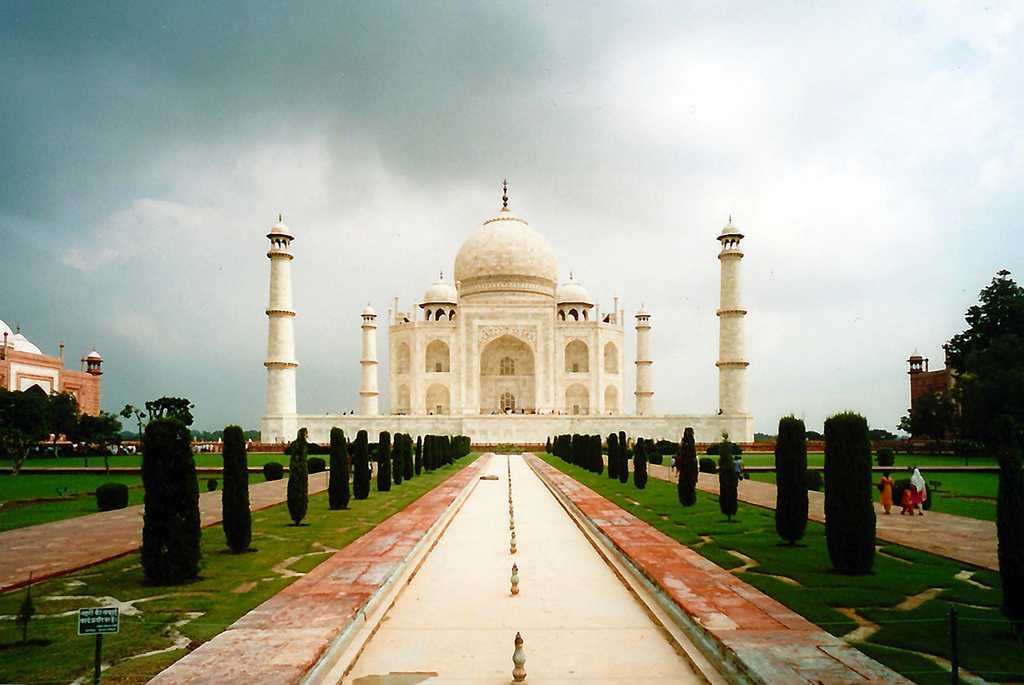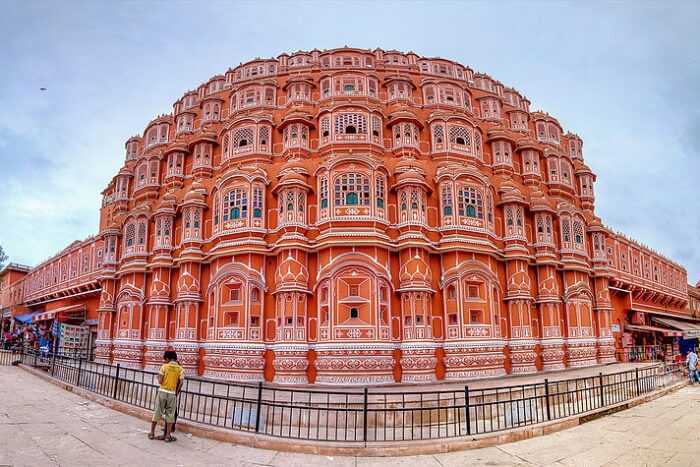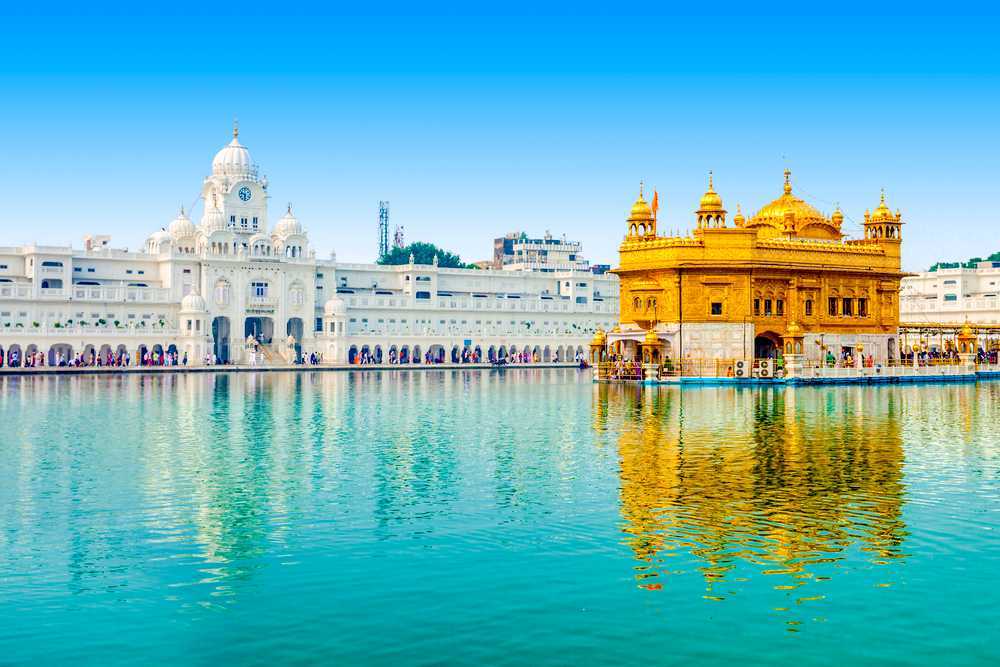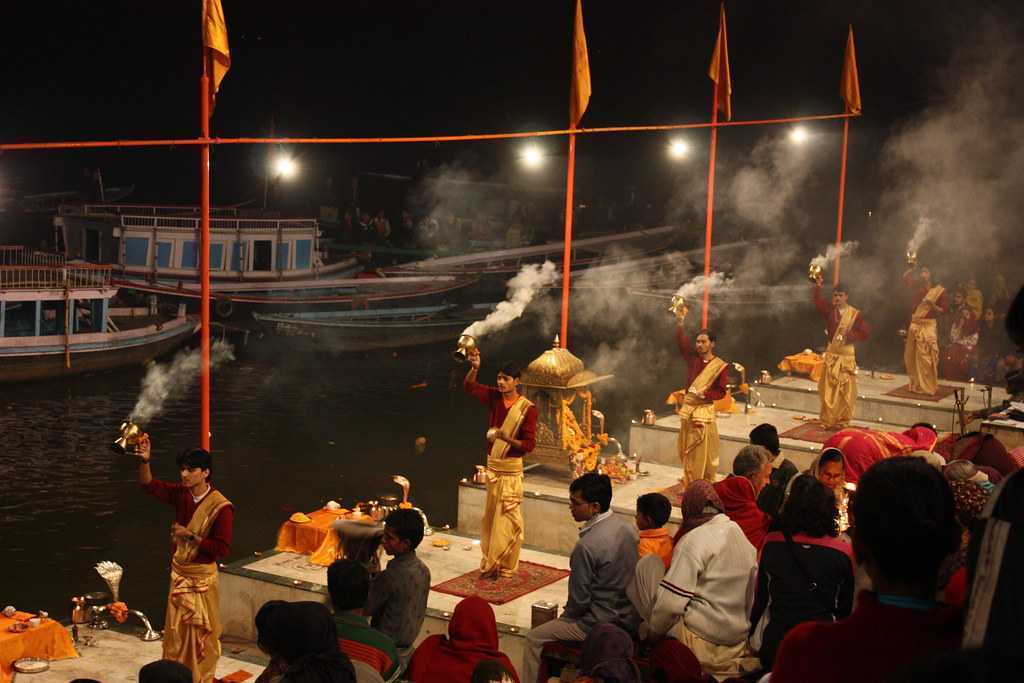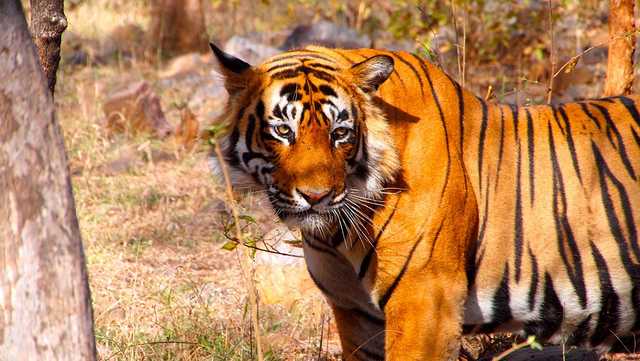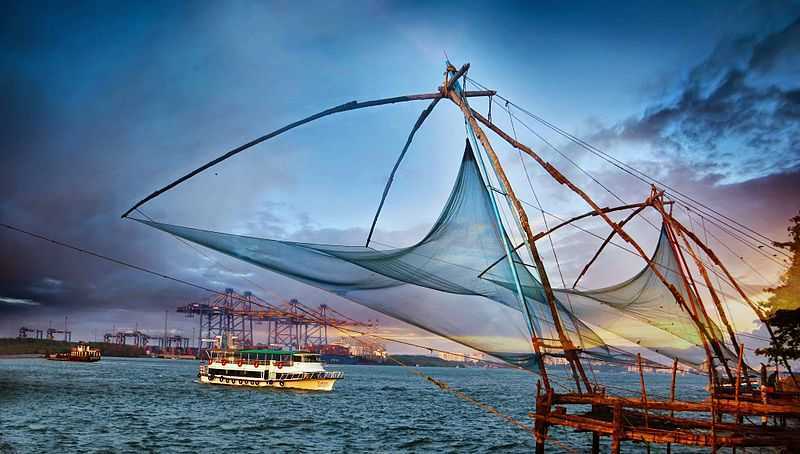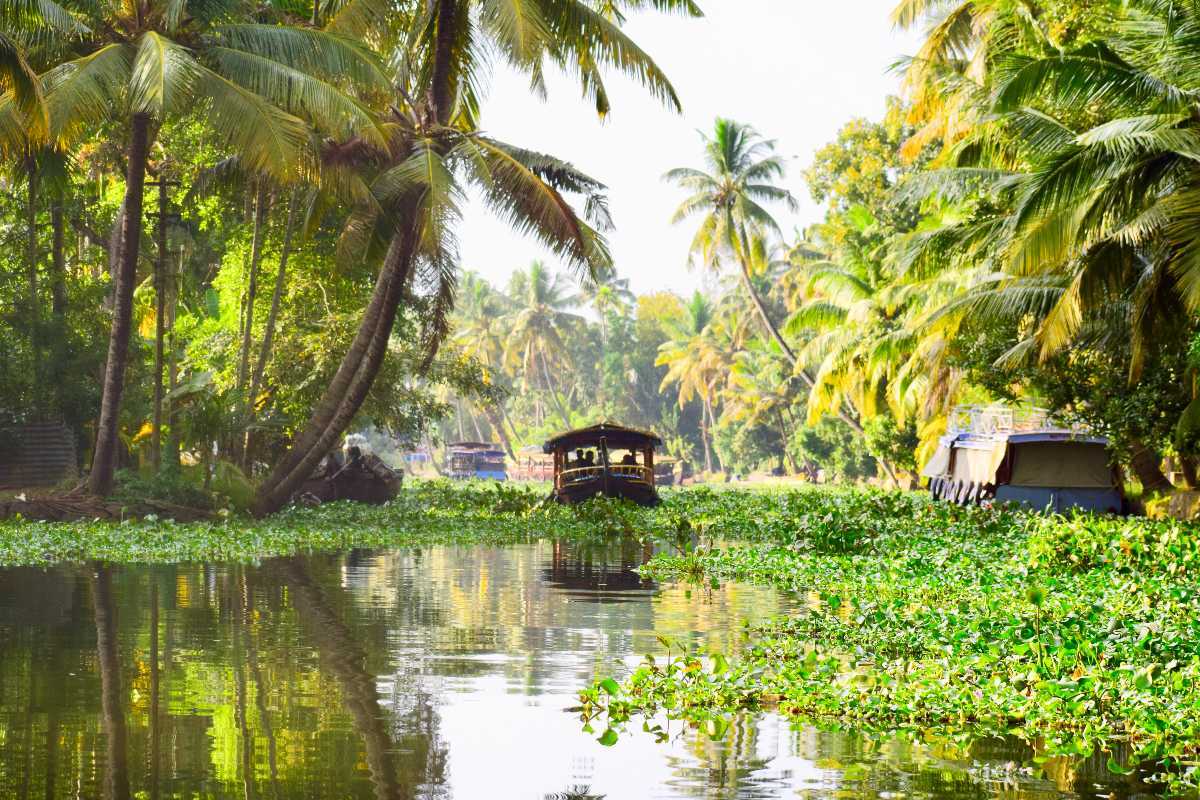Golden Triangle India Travel Guide
"Taj, forts, and old bazaars"

Save upto 30%
by comparing quotes from 3 agents

Save upto 30%
by comparing quotes from 3 agents
The Golden Triangle, a popular tourist circuit in India, encompasses three of the country's most iconic cities: Delhi, Agra, and Jaipur. This triangular journey, marked by roughly equidistant points on the Indian map, promises a rich tapestry of history, culture, and architectural marvels. Spanning the northern plains of India, this route provides a comprehensive glimpse into the nation's regal past, colonial influences, and diverse heritage.
Starting in Delhi, the nation's capital, travelers are introduced to a city that is a melting pot of eras. Ancient landmarks like the Qutub Minar and Red Fort, representing India's rich historical past, coexist with modern infrastructures and establishments, reflecting the city's rapid growth and cosmopolitan spirit. Delhi, with its bustling markets such as Chandni Chowk, sprawling gardens like the Lodhi Gardens, and impressive boulevards around India Gate, paints a picture of vibrant colors, historical significance, and evolving modernity.
A short drive southeast leads to Agra, the city that houses the world-renowned Taj Mahal. This monument, an epitome of love built by the Mughal Emperor Shah Jahan for his beloved wife Mumtaz, stands as a testament to the grandeur of the Mughal era. But the city isn't just about this iconic marble mausoleum. The Agra Fort, a UNESCO World Heritage site, and the nearby Fatehpur Sikri, the erstwhile Mughal capital, further showcase the architectural and historical richness of the region.
The final vertex of the triangle, Jaipur, is the vibrant capital of the desert state of Rajasthan. Often referred to as the 'Pink City' due to the dominant color scheme of its buildings, Jaipur is a mesmerizing blend of palatial structures, royal heritage, and bustling bazaars. The Amber Fort, City Palace, and Jantar Mantar observatory are just a few of the many attractions that beckon visitors. The city's colorful festivals, traditional handicrafts, and folk performances offer a delightful insight into Rajasthani culture and traditions, rounding off the Golden Triangle experience with a flourish of color and charisma.














